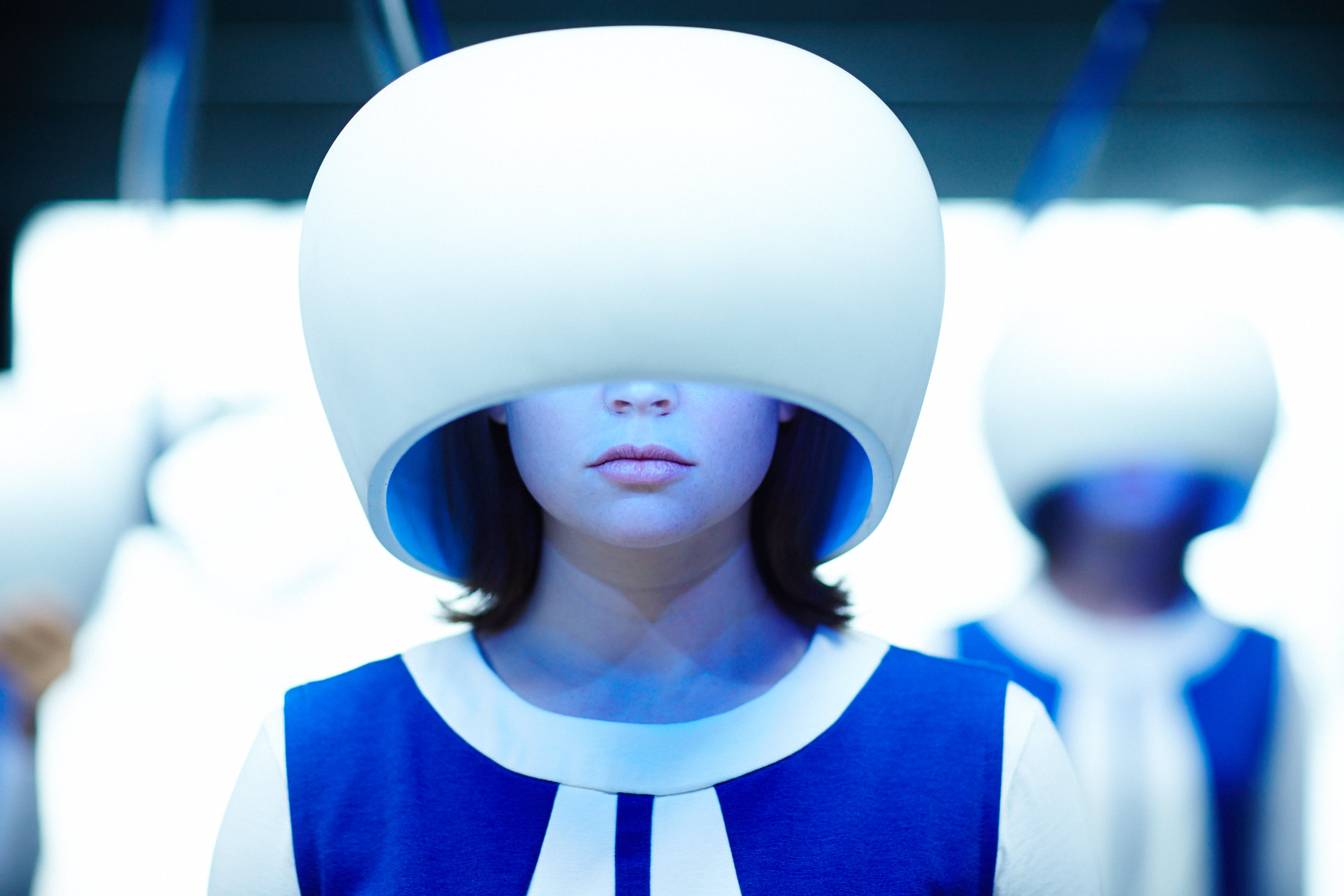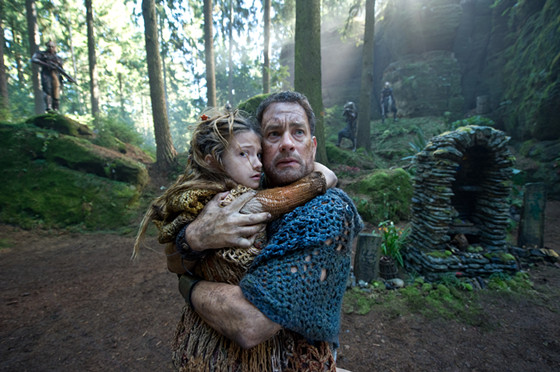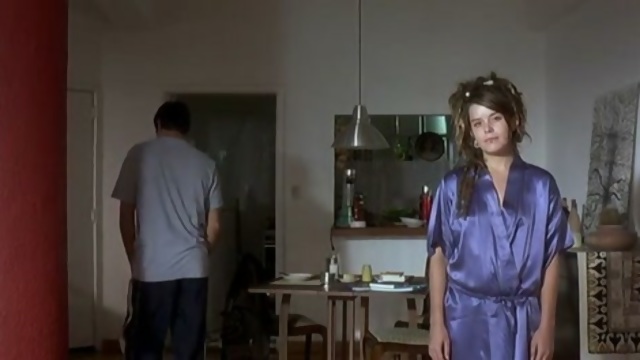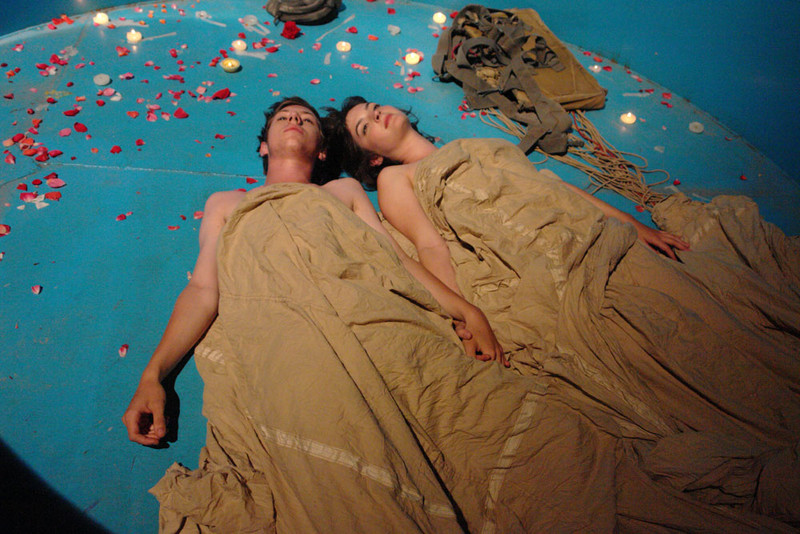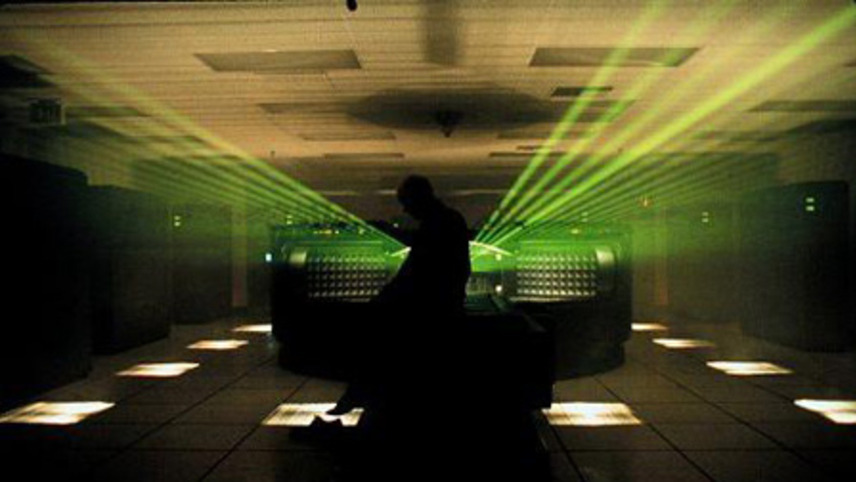A flowchart is the simplest path to follow a logical sequence. By answering “yes or no” questions, science comes to conclude information through trial and error. But cinema is much more than just science, entertainment, an industry, or a hobby: it is an art, it transcends us all and unites humanity in many ways.
One of those ways is the metaphysical flesh which it scratches, a realm of philosophy reserved once for the elite thinkers, but now available to the general public, waving its mysteries to anyone brave enough to delve into the unknown.
This is why it’s only expected that some movies present us a non-linear story where the viewer is left to piece the whole riddle together, causing film interactivity, because just watching movies can be boring, but discussing them and getting lost within its intricacies never does. If the following movies were represented in the form of a flowchart, none of them would be a straight line.
10. Cloud Atlas (2012, Tom Tykwer & The Wachowskis)
The Wachowskis have settled into the ground like flying animals who soared to the highest known places of the human mind. In their adaptation of David Mitchell’s 2004 novel, nothing short of an ensemble cast was needed to connect the stories in a scale as large as the reach of the most famous sibling directors in sci-fi.
With a marketing campaign that focused on dividing the many stories into their separate chunks, Cloud Atlas is an experiment on adapting many styles and genres into one multi-dimensional film where practically every main actor plays both male and female roles.
Consisting of at least six different timelines, ranging from 1849 real-life slave trade until a futuristic fictional society around a space age close to the 25th century, the many main characters and spiritual incarnations of previous characters connect as separate parts of one same reality. Following a unifying theme of bravery, the movie takes us to so many textures, languages, ideals and eras that watching and paying attention to every detail is a ride and adventure in and of itself.
Dancing to a leitmotif of a WWII-era composition, the concept of a Cloud Atlas is that of a map that goes beyond the normal divisions of countries and cultures, but deals in a realm of global climate, in a scale as large as the sky itself, unerlining the unity of all living things under the Earth. Which is why the viewer is urged to broadcast their own manifesto of life.
Sure, such a message can get preachy, but the core of sci-fi is emotions, and how they shape our actions. Taking inspiration from actual events and political movements, the familiar ground of protest and uprising against all odds resonates throughout this work of art, which weaves its narrative through the beliefs and convictions of its characters, forever shaping their own histories and those who will follow them.
In such grander-than-life proportions, death is only a stage of being to be shared among mortals, who are connected by the most persistent gene of all: the one that makes each individual seek love.
9. The Tree of Life (2011, Terrence Malick)
Malick’s sixth film was met with warnings in theaters advising the audience to choose another film due to this one’s length and philosophical nature. This free publicity definitely helped the cause of the movie gain some traction in some markets.
As is expected from a Terrence Malick film, The Tree of Life contains some heavy-handed imagery and themes of redemption, forgiveness and compassion, but it’s all of these very human elements full of heart which guide this epic about father issues, abadonment, abuse, and the perseverance of the human spirit for as long as time is a notion.
The narration could in its fault weaken the awe-inspiring shots of nature simulation and crisp scenery, but the main story is a very specific tale of a family pulling through and finding the courage to let go of the pain caused by those closest to them.
Shot beautifully. acted masterfully and pieced together by eons of existence, this multiple soliloquy is as a whole much more than its parts.
It’s more than the memory of the first sentient being on Earth, it’s more than a chronicle of how American values became detrimental to its very culture, it’s more than a discourse on how families stop trusting each other, and it’s more than a boy’s instinct to fight his father. But certainly, the subjects of loss, of hope and the desire for happiness and freedom are certain to resonate to all kinds of audiences.
8. Battle in Heaven (2005, Carlos Reygadas)
Carlos Reygadas has made quite a name for himself with his consistent style, encompassing borderline sexual violence, complex perceptions of elaborate realities and changes in perception driven by trademark long shots and shifts in scenario as well as tone.
But his works are more than depravity-fueled shock for the “average Mexican family” character he seems to focus on in his movies. Coming from a wave of artists notorious for stirring thought-provokin art in conservative settings, Reygadas presents us with a broken teacup of sorts meant to be pieced together by the viewer.
The film’s main reality is that of Marcos, a working man who sees militarized processions on a daily basis and shares a dark secret with his wife. This secret, he only shares with Ana, his boss’s daughter and object of his darkest lust. The two intertwine, both in human body and in thematic elements, mudding the mixture of body and heart, at the cost of Marcos’s soul.
Reygadas is relentless in his bombarding of imagery: be it religious, sexual, or simply cultural, and sends a message of despair through the exposure of tipping points that change the scope of a situation from believable to completely insane. The film is certainly unafraid to expand its themes and plots into their most dangerous deadliest possibilities.
Continously confounding the viewer’s emotions, this movie dwells in the dark recesses of societal structure. The pitch-black dry humor in this movie doesn’t even have a comedic intentions, but the implausibilities of each scenario glue the scenes together into a consistent tale of repentance, finding one’s place in the world, and losing one’s damn mind.
7. Absurdistan (2008, Veit Helmer)
Drawing inspiration from folk tales and children’s fantasies, this film about messages written in the stars is as filled with innocence as it is made of filth, the most attractive kind of filth. Centering around the sexual conduct of a sleepy, heavily gender-divided town around Somewhere Eastern, the nondescript civilization serves as an amalgamation of many cultures and nations fused into one fantastical representation of a complex reality.
When the town’s water goes mysteriously missing, young Temelko must prove his worth as a man if he is to ever reach sweet Aya’s body, and consequently her heart. Absurdistan builds its world from a premise of sexual desire and adds the blocks through means of soothsaying, legend-sharing, and mission-taking.
The boyish enthusiasm of the male protagonist is kept throughout, even as he embarks in the lonely mission to discover what’s holding up the water supply in the dry, bored, lazy hometown he temporarily left behind.
The allegories used in the movie explore the different layers in which it operates: the land is the body, where events physically take place. The stars are the soul, where hopes and dreams of satisfaction and happiness dwell. And the mind is the adventure of joining complements into each other, which also causes the bargain where sex is withheld until the water returns.
Arguably, every story of magical realism takes place in several layers of reality, but the absurd is right in the title of this film, where a vessel to the heavens can be made using household appliances, and where one’s true mate can be chosen from the teenage years… after all, if your reference of reality is limited to one single town, anything outside of it is outside of reality.
6. The Thirteenth Floor (1999, Josef Rusnak)
Based on the novel Simulacron-3, this sci-fi crime thriller centers around a case of creation murdering its creator… or at least that’s the question left hanging. Jumping from one retro setting to a present-day environment where further ethical questions of Artificial Intelligence are posed, The Thirteenth Floor explores the corruption caused by the power to live under many different bodies.
Perhaps the most interesting aspect of this movie is how the humans living inside a simulation live their own realities without being aware that they’re merely part of a fabricated program. But it’s not the innocent bystanders who question their very existence, it’s the main characters who are well aware of the virtual realities and the one through which those are reached.
Soon, a murder investigation becomes a game of cat and mouse, if the cat and mouse could travel between dimensions and were interested in owning a company.
Soon, jealousy and ambition take hold over searches for hidden messages within bygone timepieces and almost ethereal realms of being. Plans are foiled and information is protected in this nail-biter that’s sure to cause confustion… delivered in the most entertaining of ways.
